Photograph archiving
January’s National Zoom meeting was a wonderful presentation by The Center for Railroad Photography & Art. Using the Zoom platform meant that the CRPA team could join us from Madison, Wisconsin, and the Society was able to connect them with around 120 members and guests attending from the UK, Ireland, Australia, South Africa, Germany, Netherlands, Norway - and including four from the US.

We were treated to a show in three parts. Adrienne Evans is the archivist, and her first section concerned the work of the Center in preserving the physical media and the various digitisation processes. I will come back later to the lessons for the RCTS in how we manage our valuable photographic collections.
Adrienne went on to show a selection of work from photographers like Katherine and William Botkin (who was in the audience), Thomas McIlwraith, and Jim Shaughnessy, to name but a few. We have been given permission to use a selection of those images below.
And finally, Scott Lothes, President and Executive Director, showcased the work of Victor Hand – also in the audience - and CRPA founder John E Gruber. Victor is astonishingly well-travelled and made several visits to the UK in the early 1960s, chasing steam after it had substantially ended in North America. Despite being a visitor, he captured some unusual shots in widely dispersed locations – including my home turf around Shrewsbury.
Images © The Center for Railroad Photography & Art.
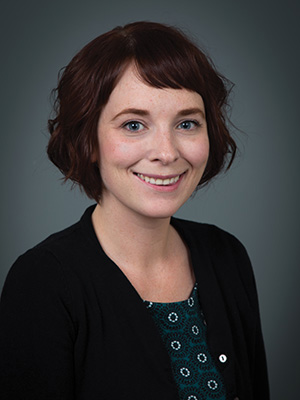
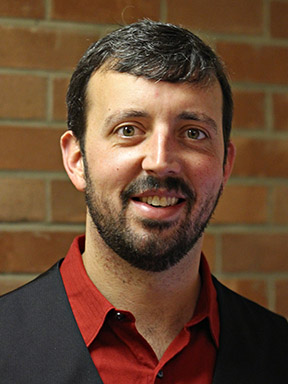
Selected images
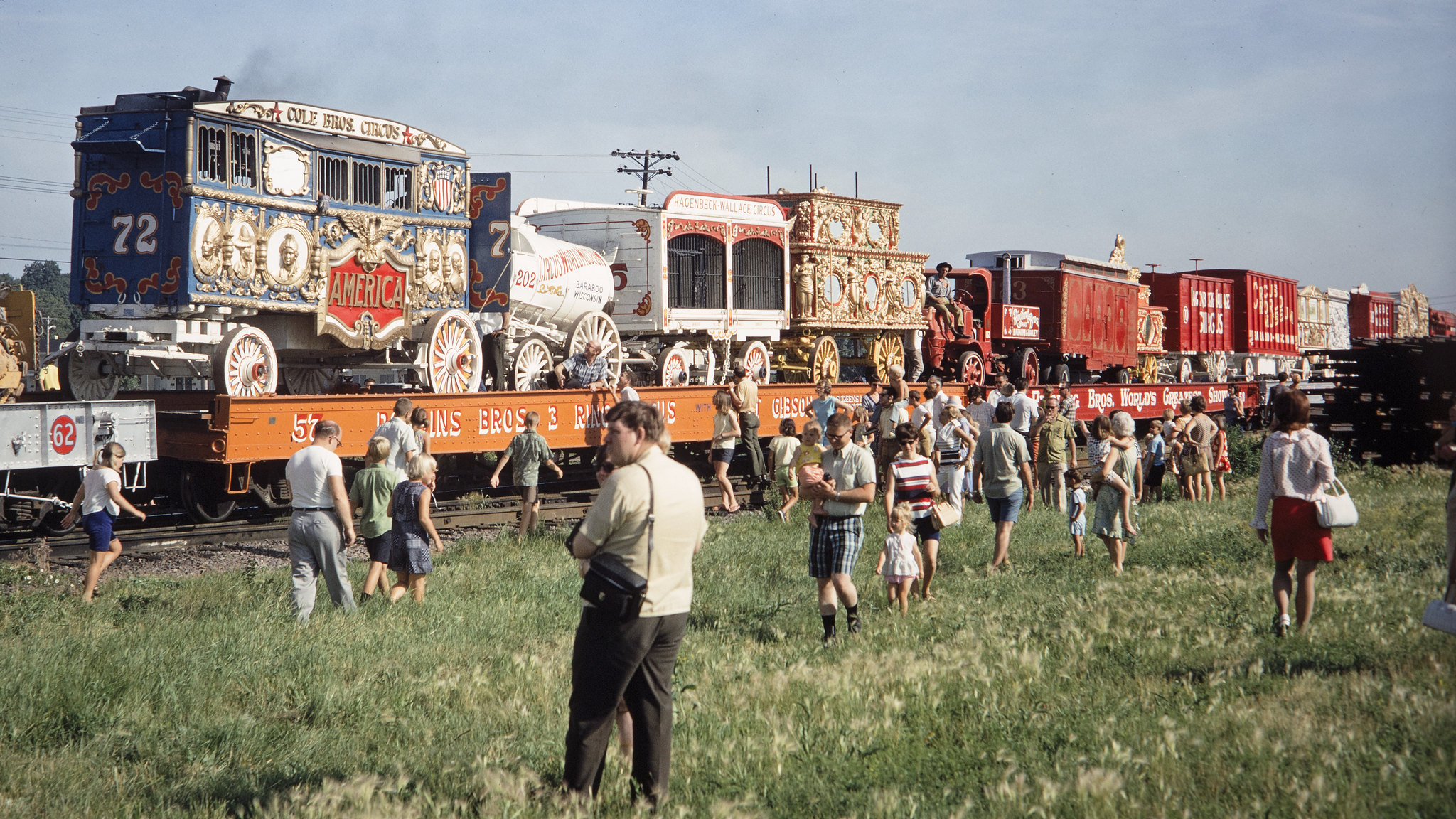
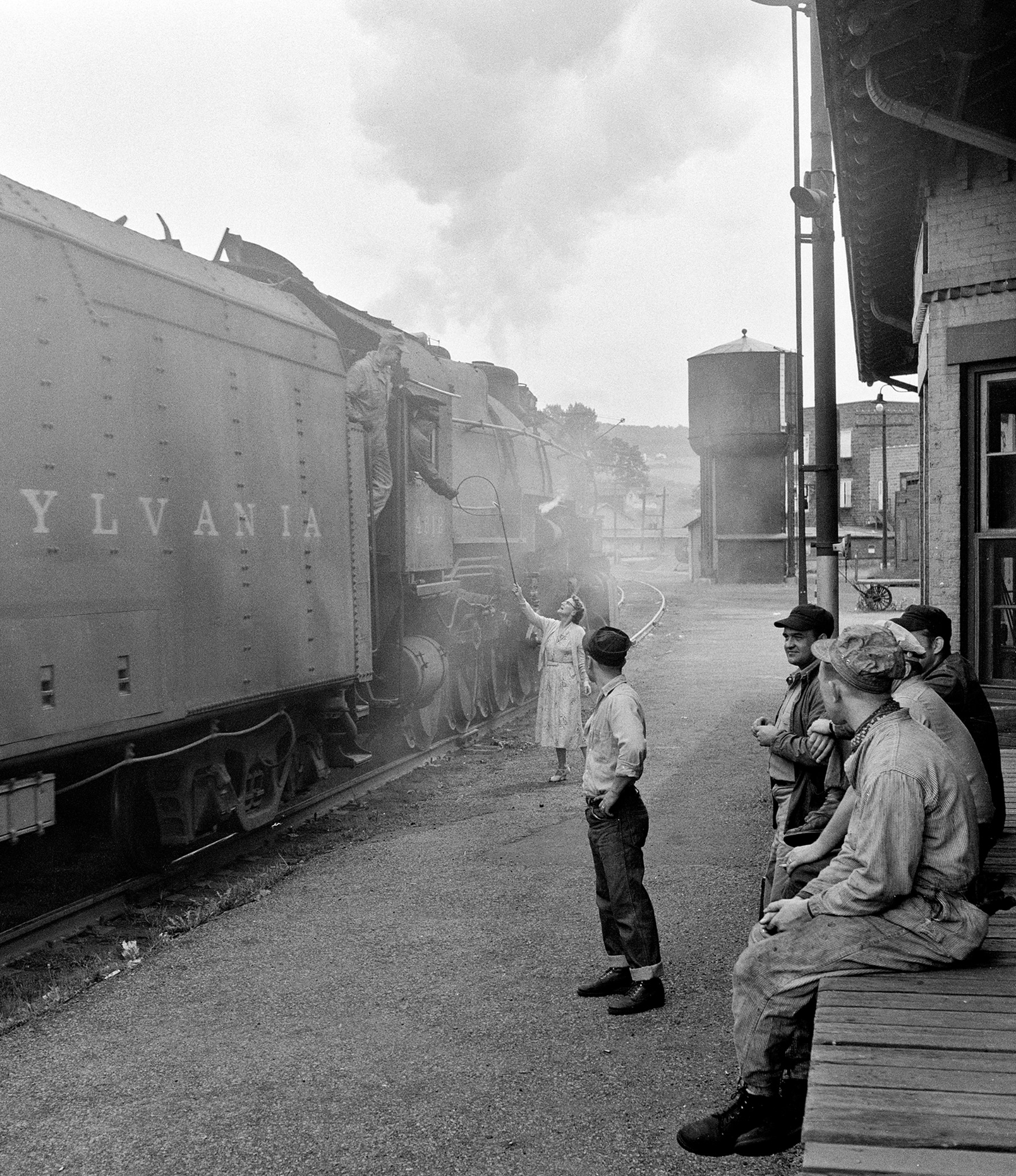

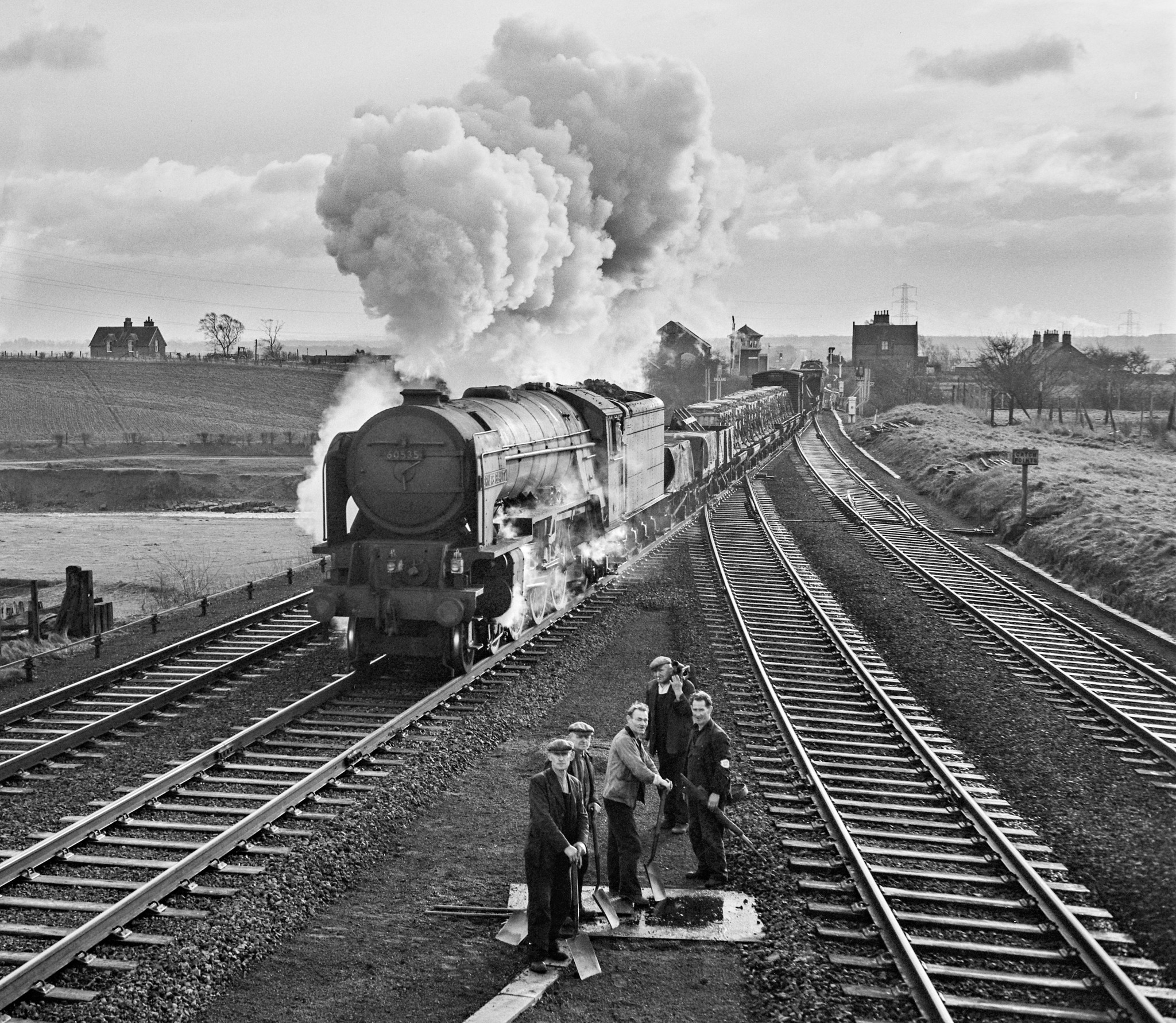
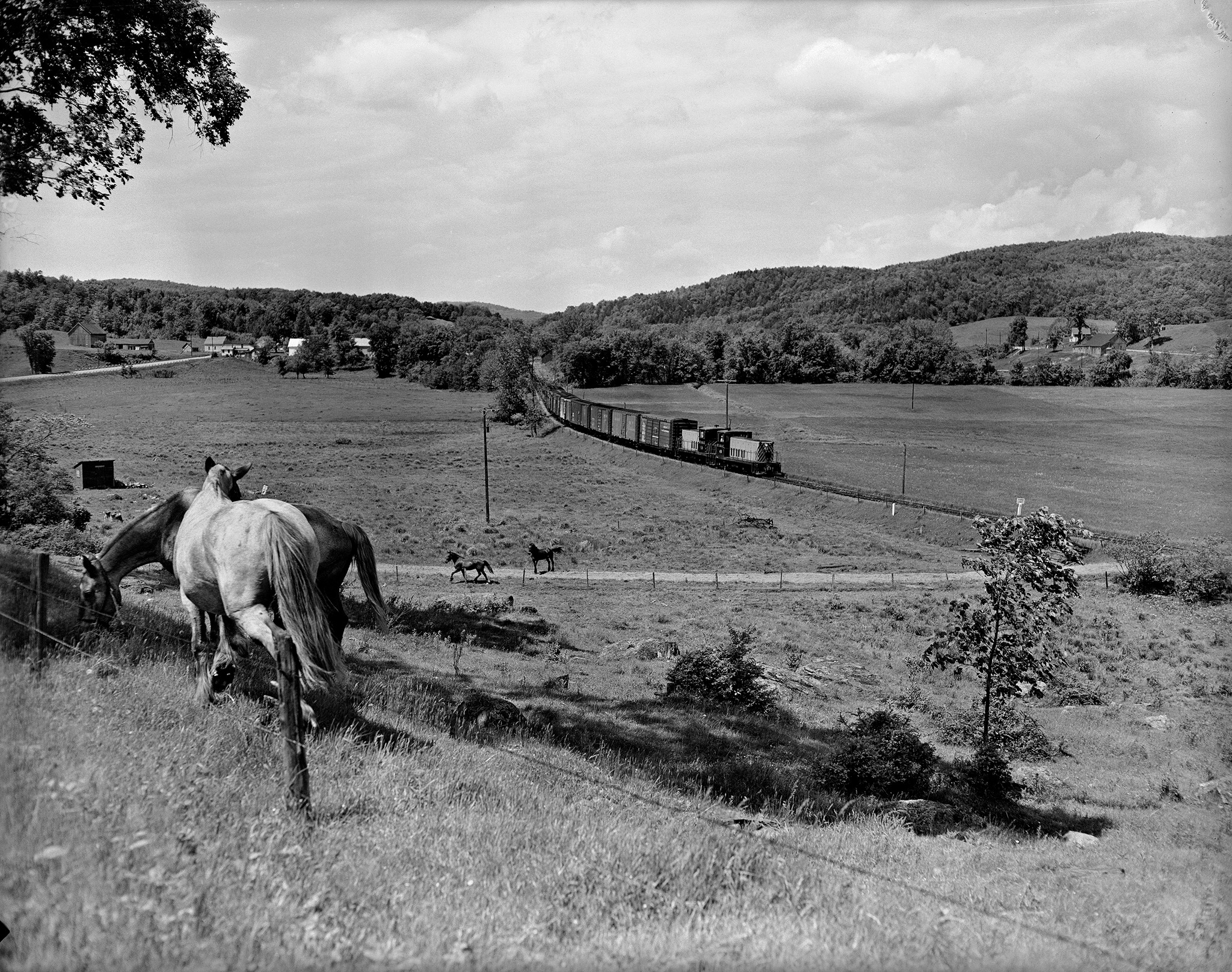
Crowd sourcing
We often get emails from users of the RCTS photo archive, providing more information for the captions or in some cases challenging them. Photographers make mistakes in their note-taking, and errors creep in when notebooks are interpreted by others. Captioning should be a collaborative endeavour, which benefits from the wisdom, experience, and local knowledge of rail enthusiasts using other archive sources to check. If well-managed, crowd-sourcing is an effective way of enriching photos with supplementary information by empowering people with some spare time and interest to do so online.
Looking deeper ...
It looks like I can supply a small correction to the caption for this last image. I hadn't heard of St. Johnsbury & Lamoille County line, and decided to look further ...
The Official Guide timetable for summer 1955 shows the mixed train, but it is #74, not #44. The train would start out from Swanton, which is at the top end of Lake Champlain near the Canadian border, in the morning, and take five hours to cover the 96 miles to St Johnsbury. Then it would turn (instantly) to become #75 and take five-and-a-half hours to return to Swanton. The horses' tranquillity would be disturbed a second time that day - but let's forgive the literary licence. The original caption was taken from Jim Shaughnessy's 2008 book The Call of Trains, so is an example that even published information by the photographer is open to challenge.
The map is typical of the Official Guide, exaggerating the importance of the line and the scale of Vermont. Source: Timetable World. Timetable World also has an attractive 1898 map of the Boston & Maine Railroad showing the line as part of its north New England network. At the time, it ended slightly beyond Swanton, at Maquam, connecting with a ferry service to upper New York.
Using images, timetables, maps I could spend hours exploring ... but I have a blog to finish so let's get on ...
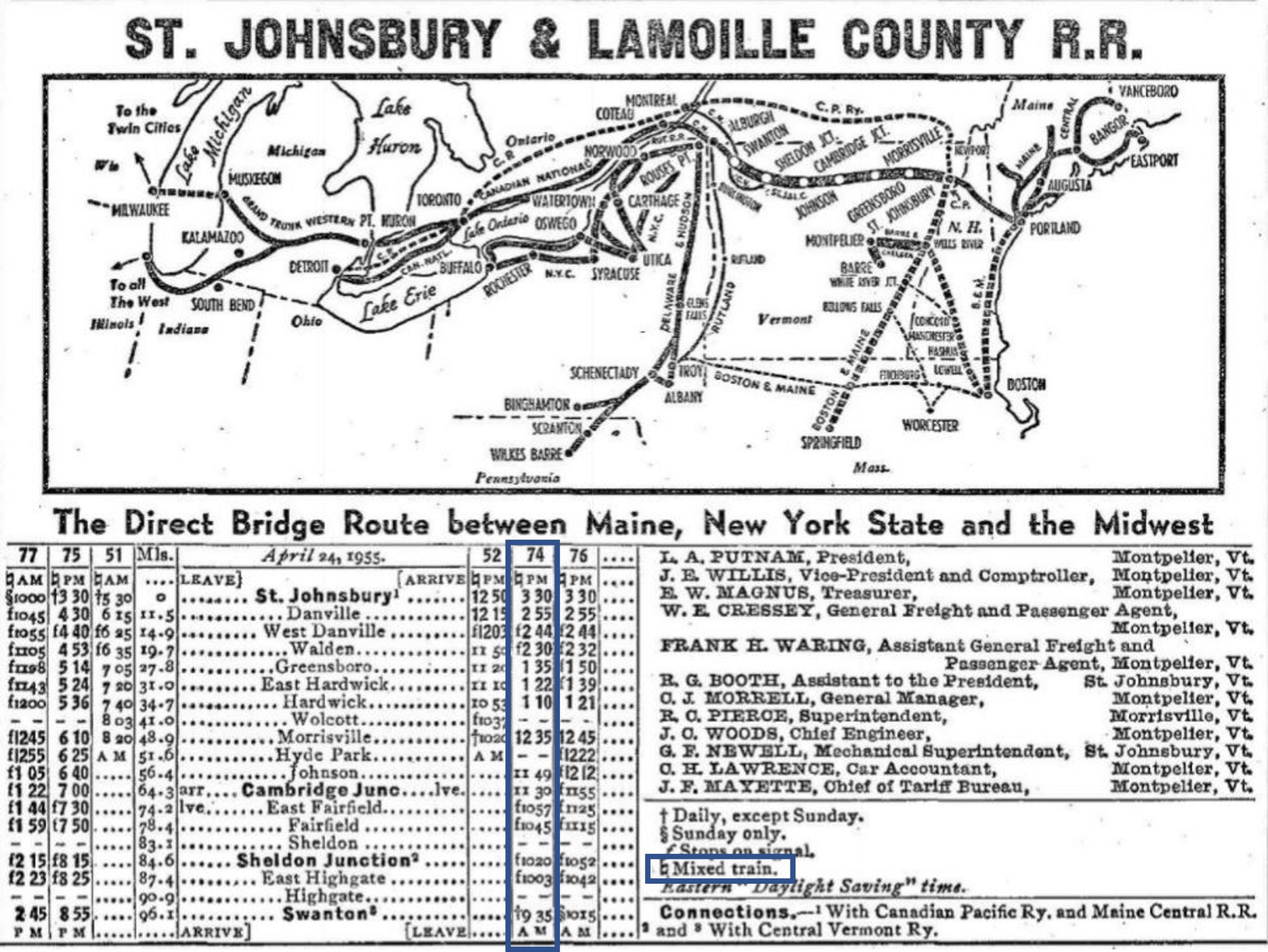
Running the archive
The CRPA is a non-profit organisation, which brings with it a number of tax advantages in the US. Unlike the RCTS, it employs a professional staff (of eight) and must therefore secure several strong sources of income. We acknowledge the US is a bigger market, has long valued great photography (not just of railroads), and given the photographers stature and respect in print media. How the CRPA is structured and operates provides much food for thought for us as we seek to re-energise work on the Society's own excellent collection.
The CRPA was founded by John E. Gruber in 1997. Much of its collection growth has happened only in the last five years, and is now approaching 500,000 items plus 400,000 committed. Firstly, money and collections don't just drop into the CRPA's lap. One member of staff specialises in fund-raising: "data management, prospect research, and major gift fundraising" means building personal relationships with prospective donors.. Another is acquisitions co-ordinator, working with photographers (in life) and estates to manage the physical transfer in of collections.
All archives have a physical strand and a digital strand. One is focussed on conserving the media, the other with extracting value from the content. The CRPA provides expertise to other archives but now has its own climate controlled media store managing temperature, humidity, dust, infestations, and the like.
Digitisation is required for effective outreach via publication, exhibition, and sale. It also reduces the future handling of fragile media. But it is painstaking work, not to be rushed, despite the high volume of incoming material and desire to monetise. CRPA undertakes digitisation using a specialised clean environment comprising camera and mount, light table, laptop computer, and large monitor. This setup is used equally for negatives, slides and plates. Handling is done with gloves and a puffer used to remove dust.
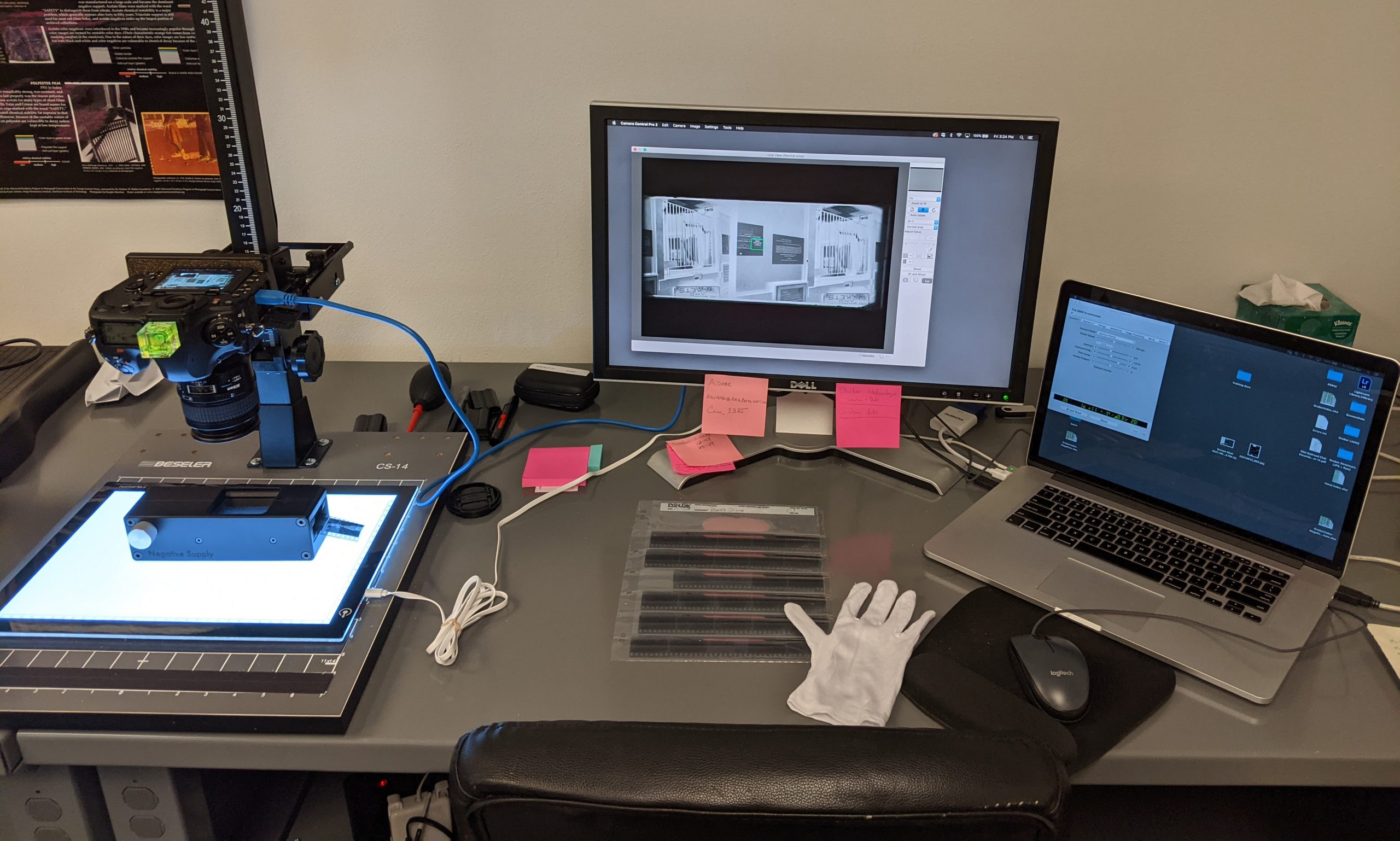
All the images can be (and are) post-processed using software, but it is important to use the camera settings to extract the best initial images, perhaps several, and review as they are captured. The physical media is retained because the CRPA considers the physical copies to be the authentic, archival items, while the digitized files are surrogate copies. Also, digital files are inherently fragile, so it's important to preserve the original material.
Various digital file formats are available, each with their pros and cons. Some formats are "lossy" when copied, others more stable, and new variants continue to emerge e.g. "JPG-in-TIF" being a recent example. Paradoxically, digital media is expected to have a shorter life than the originals, and the CRPA is still developing policies for making and managing copies to protect the collection.
Outreach is all important. The CRPA has an energetic social media presence, and it celebrates photographers individually on its website. Part of the CRPA's mission is to serve the general public; it produces travelling exhibitions, publications, conferences, and online programmes, while providing its images to anyone interested in using them, including railroad publishers like Kalmbach. All members of the staff take part in this work.
Can the RCTS replicate their example?
We have over 50,000 items already digitised and on sale, making a worthwhile financial contribution to the Society, but a lot more are awaiting digitisation. Work is now going on to revitalise the effort. We have to consider funding, staffing, the suitability of Leatherhead as a physical archive, creating a digitising booth, software and systems for manipulating and storing files, rights management, and a range of public engagement tools. Certainly a substantial challenge. CRPA sets a high bar, and we should be grateful to have such an exemplar to study.
National Zoom meetings
National meetings are proving popular, and the format enables the Society to attract quality speakers irrespective of their location. The aim is to continue hosting a meeting once per month (on the last Thursday), whilst avoiding clashes with branch meetings. Please read the monthly RCTS News email to find out about the next meeting, or look in the National Meetings calendar. Members and guests are welcome to attend any national or branch Zoom meeting. A link for donations is on the calendar entry on the website.
And finally, thank you to Scott and Adrienne for their presentation, and to Jeremy Harrison and Richard Whitehead for organising and hosting the meeting.
Matthew Shaw
Digital Officer, Trustee
